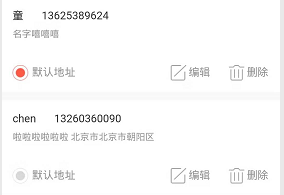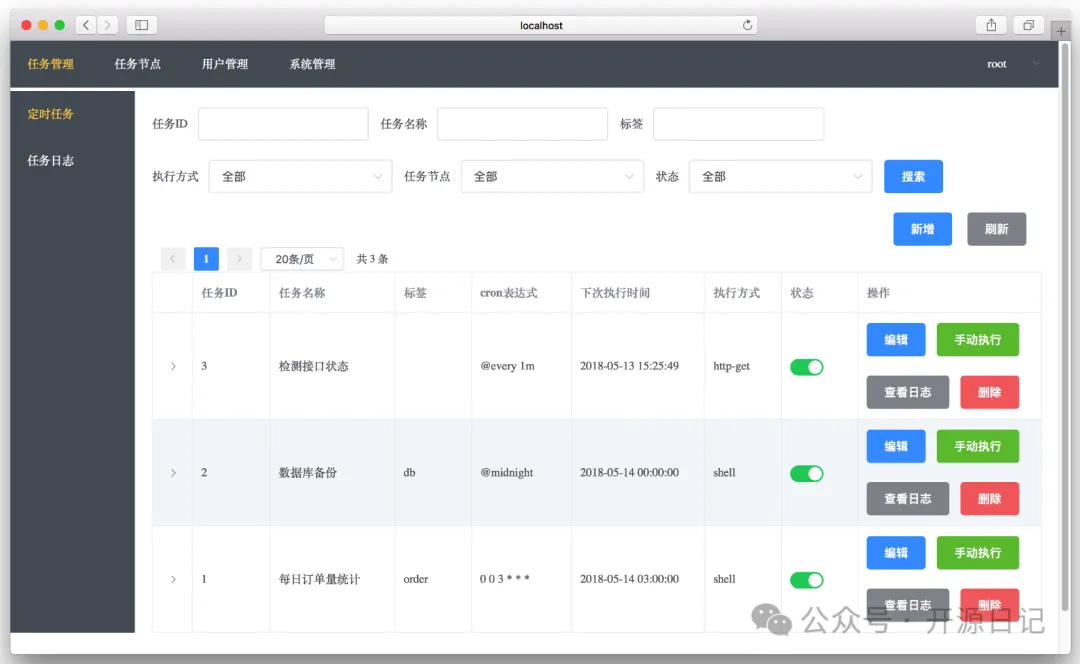一、概述
在项目中,点击下载按钮,就可以下载文件。
传统的下载链接一般是get方式,这种链接是公开的,可以任意下载。
在实际项目,某些下载链接,是私密的。必须使用post方式,传递正确的参数,才能下载。
二、django项目
本环境使用django 3.1.5,新建项目download_demo

安装模块
pip3 install djangorestframework django-cors-headers
修改文件download_demo/settings.py
INSTALLED_APPS = [ \'django.contrib.admin\', \'django.contrib.auth\', \'django.contrib.contenttypes\', \'django.contrib.sessions\', \'django.contrib.messages\', \'django.contrib.staticfiles\', \'api.apps.ApiConfig\', \'corsheaders\', # 注册应用cors ]
注册中间件
MIDDLEWARE = [ \'django.middleware.security.SecurityMiddleware\', \'django.contrib.sessions.middleware.SessionMiddleware\', \'django.middleware.common.CommonMiddleware\', \'django.middleware.csrf.CsrfViewMiddleware\', \'django.contrib.auth.middleware.AuthenticationMiddleware\', \'django.contrib.messages.middleware.MessageMiddleware\', \'django.middleware.clickjacking.XFrameOptionsMiddleware\', \'corsheaders.middleware.CorsMiddleware\', # 注册组件cors ]
最后一行增加
# 跨域增加忽略 CORS_ALLOW_CREDENTIALS = True CORS_ORIGIN_ALLOW_ALL = True CORS_ALLOW_METHODS = ( \'GET\', \'OPTIONS\', \'PATCH\', \'POST\', \'VIEW\', ) CORS_ALLOW_HEADERS = ( \'XMLHttpRequest\', \'X_FILENAME\', \'accept-encoding\', \'authorization\', \'content-type\', \'dnt\', \'origin\', \'user-agent\', \'x-csrftoken\', \'x-requested-with\', \'Pragma\', )
修改download_demo/urls.py
from django.contrib import admin from django.urls import path from api import views urlpatterns = [ path(\'admin/\', admin.site.urls), path(\'download/excel/\', views.ExcelFileDownload.as_view()), ]
修改api/views.py
from django.shortcuts import render,HttpResponse
from download_demo import settings
from django.utils.encoding import escape_uri_path
from django.http import StreamingHttpResponse
from django.http import JsonResponse
from rest_framework.views import APIView
from rest_framework import status
import os
class ExcelFileDownload(APIView):
def post(self,request):
print(request.data)
# filename = \"大江大河.xlsx\"
filename = request.data.get(\"filename\")
download_file_path = os.path.join(settings.BASE_DIR, \"upload\",filename)
print(\"download_file_path\",download_file_path)
response = self.big_file_download(download_file_path, filename)
if response:
return response
return JsonResponse({\'status\': \'HttpResponse\', \'msg\': \'Excel下载失败\'})
def file_iterator(self,file_path, chunk_size=512):
\"\"\"
文件生成器,防止文件过大,导致内存溢出
:param file_path: 文件绝对路径
:param chunk_size: 块大小
:return: 生成器
\"\"\"
with open(file_path, mode=\'rb\') as f:
while True:
c = f.read(chunk_size)
if c:
yield c
else:
break
def big_file_download(self,download_file_path, filename):
try:
response = StreamingHttpResponse(self.file_iterator(download_file_path))
# 增加headers
response[\'Content-Type\'] = \'application/octet-stream\'
response[\'Access-Control-Expose-Headers\'] = \"Content-Disposition, Content-Type\"
response[\'Content-Disposition\'] = \"attachment; filename={}\".format(escape_uri_path(filename))
return response
except Exception:
return JsonResponse({\'status\': status.HTTP_400_BAD_REQUEST, \'msg\': \'Excel下载失败\'},
status=status.HTTP_400_BAD_REQUEST)
在项目根目录创建upload文件

里面放一个excel文件,比如:大江大河.xlsx
三、vue项目
新建一个vue项目,安装ElementUI 模块即可。
新建test.vue
<template>
<div style=\"width: 70%;margin-left: 30px;margin-top: 30px;\">
<el-button class=\"filter-item\" type=\"success\" icon=\"el-icon-download\" @click=\"downFile()\">下载</el-button>
</div>
</template>
<script>
import axios from \'axios\'
export default {
data() {
return {
}
},
mounted: function() {
},
methods: {
downloadFile(url, options = {}){
return new Promise((resolve, reject) => {
// console.log(`${url} 请求数据,参数=>`, JSON.stringify(options))
// axios.defaults.headers[\'content-type\'] = \'application/json;charset=UTF-8\'
axios({
method: \'post\',
url: url, // 请求地址
data: options, // 参数
responseType: \'blob\' // 表明返回服务器返回的数据类型
}).then(
response => {
// console.log(\"下载响应\",response)
resolve(response.data)
let blob = new Blob([response.data], {
type: \'application/vnd.ms-excel\'
})
// console.log(blob)
// let fileName = Date.parse(new Date()) + \'.xlsx\'
// 切割出文件名
let fileNameEncode = response.headers[\'content-disposition\'].split(\"filename=\")[1];
// 解码
let fileName = decodeURIComponent(fileNameEncode)
// console.log(\"fileName\",fileName)
if (window.navigator.msSaveOrOpenBlob) {
// console.log(2)
navigator.msSaveBlob(blob, fileName)
} else {
// console.log(3)
var link = document.createElement(\'a\')
link.href = window.URL.createObjectURL(blob)
link.download = fileName
link.click()
//释放内存
window.URL.revokeObjectURL(link.href)
}
},
err => {
reject(err)
}
)
})
},
// 下载文件
downFile(){
let postUrl= \"http://127.0.0.1:8000/download/excel/\"
let params = {
filename: \"大江大河.xlsx\",
}
// console.log(\"下载参数\",params)
this.downloadFile(postUrl,params)
},
}
}
</script>
<style>
</style>
注意:这里使用post请求,并将filename传输给api,用来下载指定的文件。
访问测试页面,点击下载按钮

就会自动下载

打开工具栏,查看响应信息

这里,就是django返回的文件名,浏览器下载保存的文件名,也是这个。
遇到中文,会进行URLcode编码。
所以在vue代码中,对Content-Disposition做了切割,得到了文件名。
以上就是vue+django实现下载文件的示例的详细内容,更多关于vue+django实现下载文件的资料请关注其它相关文章!
© 版权声明
THE END










暂无评论内容